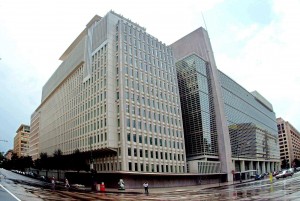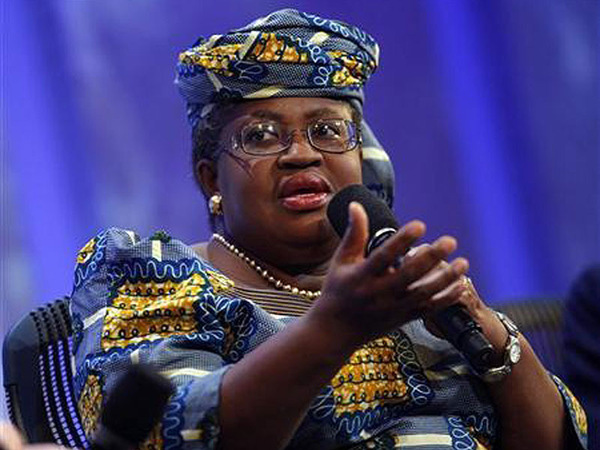
Other countries that were also rated as extremely poor are India, China, Bangladesh, DR Congo, Indonesia, Pakistan, Tanzania, Ethiopia and Kenya.
At the Council on Foreign Relations (CFR) in Washington on Wednesday, in advance of the World Bank/IMF Spring Meetings, World Bank President, Dr Jim Yong Kim, stated that the global bank would deal with the extreme poverty in Nigeria and its counterparts in the coming years.
Ending Extreme Poverty By 2030
He said: “The fact is that two-thirds of the world’s extreme poor are concentrated in just five countries: India, China, Nigeria, Bangladesh, and the Democratic Republic of Congo. If you add another five countries, Indonesia, Pakistan, Tanzania, Ethiopia, and Kenya, the total grows to 80 per cent of the extreme poor.”
Dr Kim stressed that the World Bank Group would focus on Nigeria and other nine countries, but emphasised that the plan would not make other countries in the world to be ignored.
“We will have a strategy that ensures that no country is left behind, as we move toward the target of ending extreme poverty by 2030,″ he said.
The World Bank President also announced a series of measures aimed at strengthening the World Bank Group to better meet the evolving needs of clients, including a $100 billion increase in the lending capacity of the Bank’s lending arm for middle-income countries over the next decade.
According to Dr. Kim, this new innovations in financial management, and a boost in the institution’s ability to provide private sector support follows the record $52 billion replenishment of IDA, the World Bank’s fund for the poorest, in December 2013.
Kim also outlined how the Bank was positioning itself to better achieve its goals of ending extreme poverty by 2030 and boosting shared prosperity for the lowest 40 per cent in developing countries.
“We now have the capacity to nearly double our annual lending to middle-income countries from $15 billion to $26 to $28 billion a year. This means that the World Bank’s lending capacity will increase by $100 billion to roughly $300 billion over the next ten years.
“This is in addition to the largest IDA replenishment in history, with $52 billion in grants and concessional loans to support the poorest countries,” he said.


